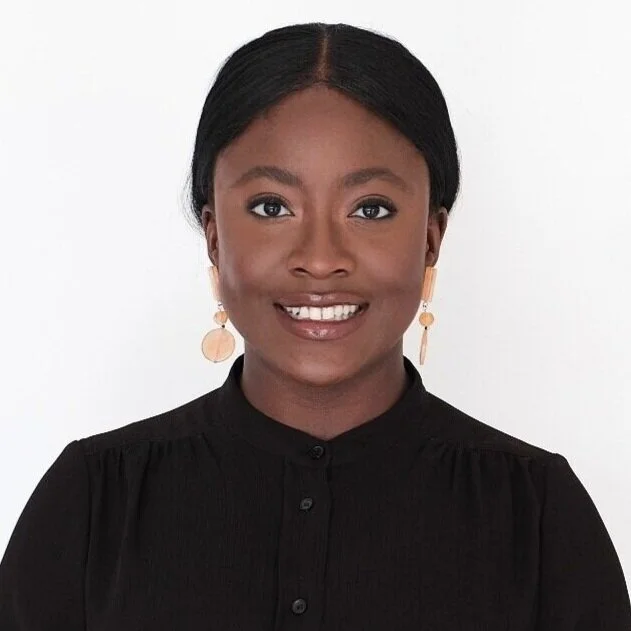Understanding intersectionality in healthcare leadership
Forty-three years have passed since the concept of the “glass ceiling” was first introduced as a metaphor for the invisible structural and socio-cultural barrier to women’s advancement into top levels of leadership within organisational hierarchies. While subsequent efforts to dismantle this seemingly pervasive barrier have been commendable, it is evident that there is still much work to be done. Global progress towards gender parity in leadership has stalled or regressed in some areas, and women’s participation in power structures and decision-making processes remains concerningly low in nearly all industries. As emphasised in the recent Global Gender Gap Report by the World Economic Forum, without accountable organisational commitment, and the urgent prioritisation of measurable policies and action to foster the progression of women through the leadership pipeline, the gender gap in leadership could persist for another century.
As we seek to accelerate the currently glacial pace at which progress towards ensuring the equal representation of women in leadership positions is occurring, it is necessary to embrace the reality that maintaining a monolithic and one-dimensional view of “women” is simply insufficient. In their commentary on the gender disparities in healthcare leadership, Zeinali and colleagues highlight the need to continually maintain awareness of the fact that women are a heterogeneous group. As such, their experiences within the workplace, and the factors that influence their career trajectories, cannot be “reduced to a shared universal experience, explained only by gender.” One-size-fits-all approaches to facilitate gender equality in leadership systematically erase the nuanced experiences and needs of a large proportion of women, specifically those who do not ascribe to, or fit within, historically (and oftentimes socially) accepted categorisations of what a woman in leadership should be or possess.
Within western societies, white, cis-gendered, middle-class, non-disabled women are the default beneficiaries of gender-focused diversity initiatives. Therefore, there is a need to disaggregate data to obtain a more accurate picture of how women who sit on the periphery of the aforementioned social identities are advancing. For example, 2020 population data from the United States shows that women hold 40.4% of all management positions; however, further breakdown of the data reveals that Black, Latina, and Asian women respectively represent 4%, 4.3%, and 2.5% of women in management. Results from an Australian survey of 543 women of colour[1] show that only 2% of respondents were leaders within their organisation, with 26% indicating that their organisation was led by a white woman, and 7% indicating that their organisation was led by a woman of colour. Furthermore, although one in five women currently live with a disability, this representation is not reflected across sectors, and efforts to advance the progression of women with disabilities into leadership are limited. Women with disabilities are severely marginalised from decision-making and are rendered invisible in workplaces.
Diversity, Equity, and Inclusion (DEI) initiatives need to move beyond a singular focus on gender and consider the ways in which additional identities interconnect with gender to produce complexly unique “experiences and positionalities”. In essence, to be truly equitable and effective in facilitating genuine change for ALL women, organisational policies and action need to be developed and implemented through the lens of intersectionality. Failure to do so may inadvertently perpetuate the very inequities that these policies and initiatives seek to dismantle.
First articulated by civil rights advocate and leading legal scholar Kimberlé Crenshaw, intersectionality is a theoretical framework that draws attention to the ways in which multiple social identities (such as gender, sex, race, ethnicity, socioeconomic status, religion, migration status, disability/ability, and geographic location) interact and overlap to create compounding and interdependent systems of both privilege and oppression. Within Australia, the knowledge base on intersectionality is growing, however as noted by the Workplace Gender Equality Agency (WGEA), research on intersectional experiences within the workplace continues to be fragmented. Additionally, in terms of advancing gender equality in organisations, there is a paucity in research that explores the impacts of intersectional identities on the career experiences of women within female-dominated industries, such as healthcare.
Advancing Women in Healthcare Leadership (AWHL) is committed to filling in this gap. Beginning in 2022, the project will amplify the voices of traditionally excluded female healthcare workers, in order to provide an in-depth understanding of the compounding factors that influence their progression into, and retention within, leadership positions.
For opportunities to collaborate, contact the team here.
[1] Emerging in the late 1970s, “women of colour” is both a political term and solidarity definition that seeks to unite women experiencing multiple layers of marginalisation and discrimination, primarily due to their non-white/non-western racial, ethnic and cultural identities.
Ife Adesina is preparing for a PhD with a master degree by research with AWHL in 2022. She will focus on exploring the implications of the intersection of race, ethnicity, and gender. on the career experiences and progression of Culturally and Linguistically Diverse women in the Australian healthcare sector.
SUPERVISION TEAM
Associate Professor Jacqueline Boyle
Monash Univeristy
Dr Anju Joham
Monash University
Associate Professor Nada Hamad
UNSW Sydney





